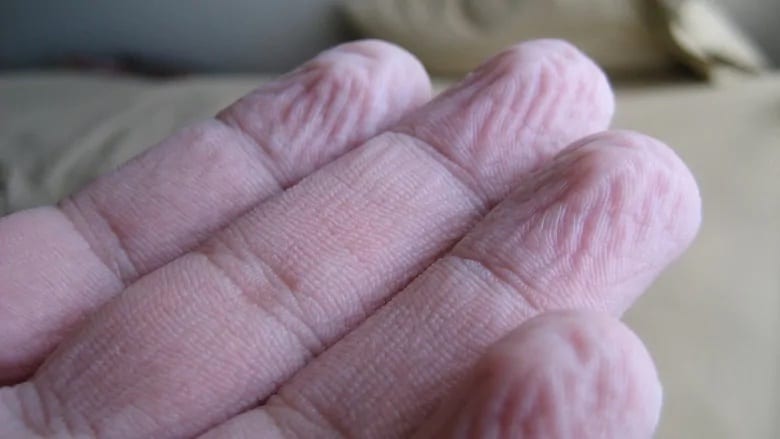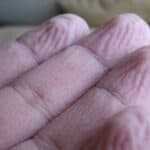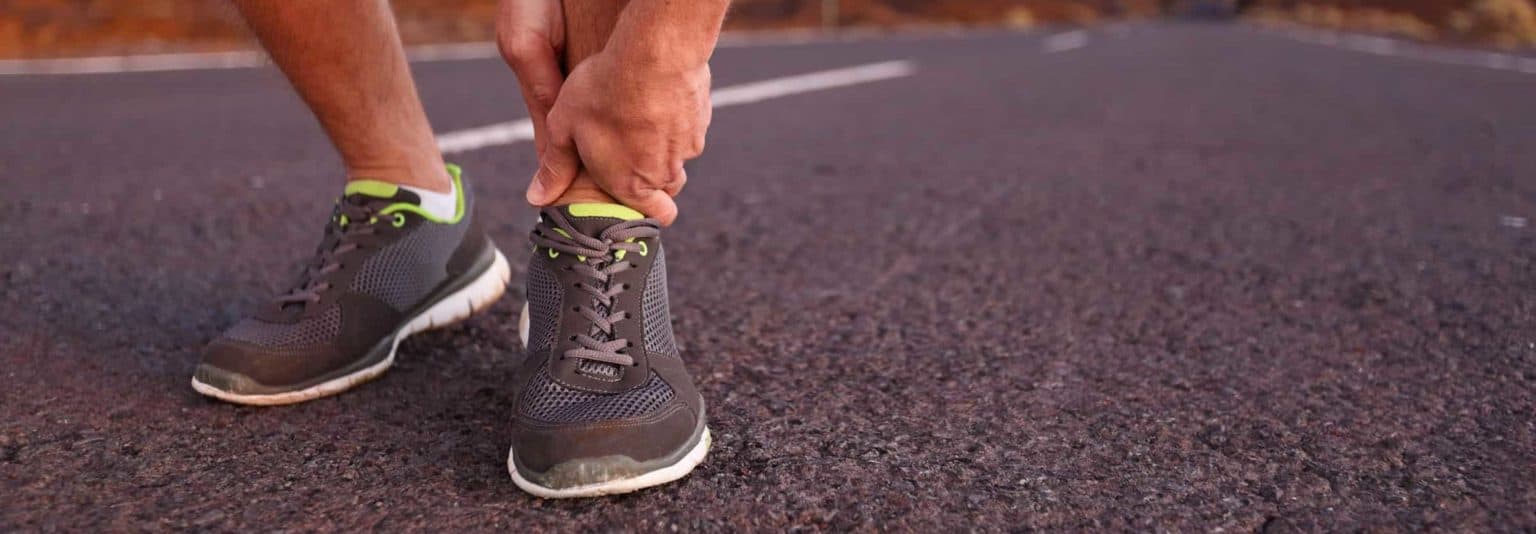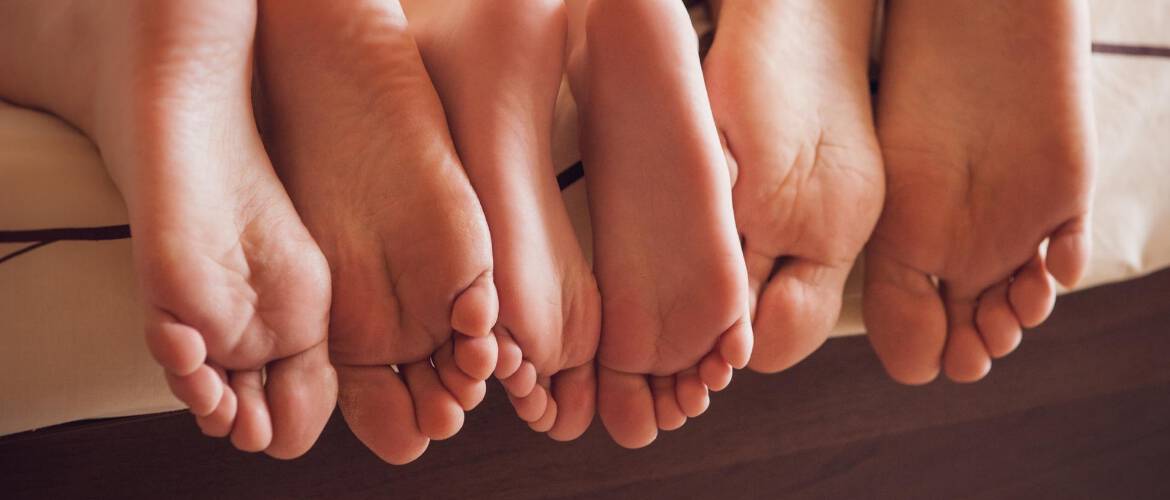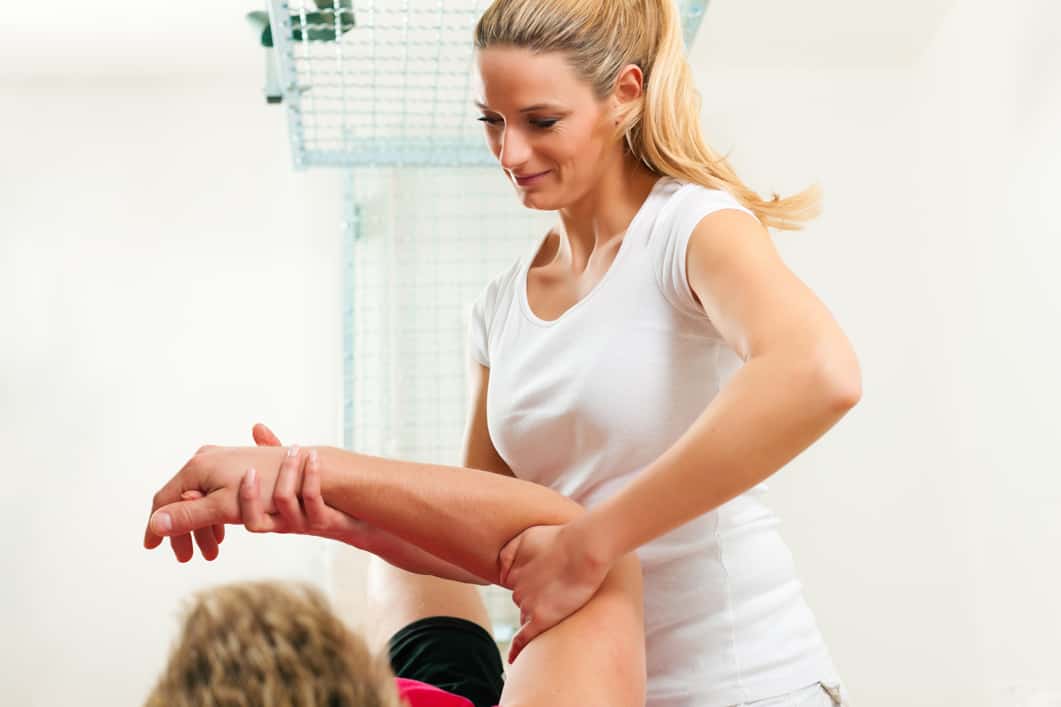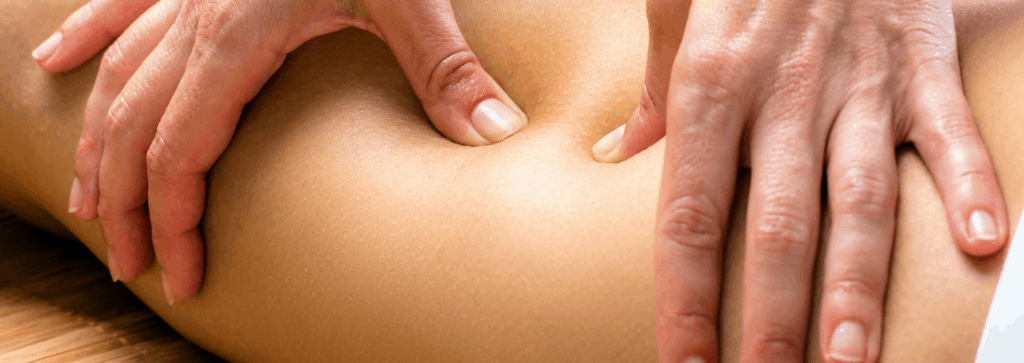Steph Korolis is a physiotherapist who recently attended a course on the hip and groin in Melbourne as part of her ongoing continuing education.
The course produced a lot of useful information, which she would like to share, but we have broken in up into bite-sized chunks to make it more easily consumed.
This is the first part of the journey into the groin.
With winter sports wrapping up, I thought it was appropriate to reflect on the influx of hip and groin clients to the clinic that made it through their season.
During winter sports season we tend to see a higher than usual rate of groin and hip related pain in athletes. Why is this though?
Acute groin pain is a very common condition seen in soccer and football players and overall a common complaint for any athlete that participates in sports requiring repetitive sprinting, changing in directions, kic
king or twisting.
More than often, the onset of pain can begin as a dull, vague or diffuse sensation extending anywhere from the lower abdomen down to the inside of the thigh and as far around to the buttocks on one or both sides.
The Anatomy: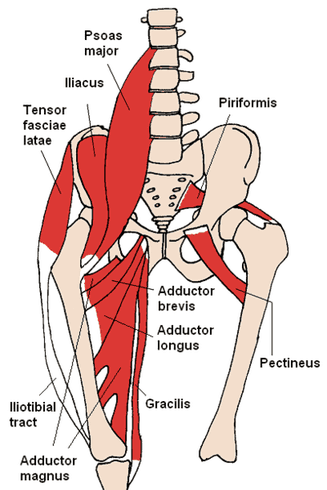
The anatomy within and around the groin is quite complex and consists of powerful muscles each contracting in different directions on a small surface area – the pubic bone.
The iliopsoas muscle extends from the spine through to the front of the hip and is powerful hip flexor, and also assists with extension and lateral flexion of the spine.
The adductor group is made up of adductor brevis, adductor longus, adductor magnus, adductor minimus (part of Add. magnus), pectineus and gracilis, all of which originate on the pubic and ischium bones and insert (attach) along the inside surface of the femur but slightly towards the back.
Together they act to adduct the thigh (squeeze the thighs together).
They also aid in rotation and flexion of the thigh. There are also connections between the adductors and abdominal wall as well as the inguinal wall.
In the next part, Steph is going to talk about when a tear is not a tear, and what the term ‘osteitis pubis’ has been replaced with.
It’s shame about that, osteitis pubis was the condition of choice for all top AFL players for a while there.





